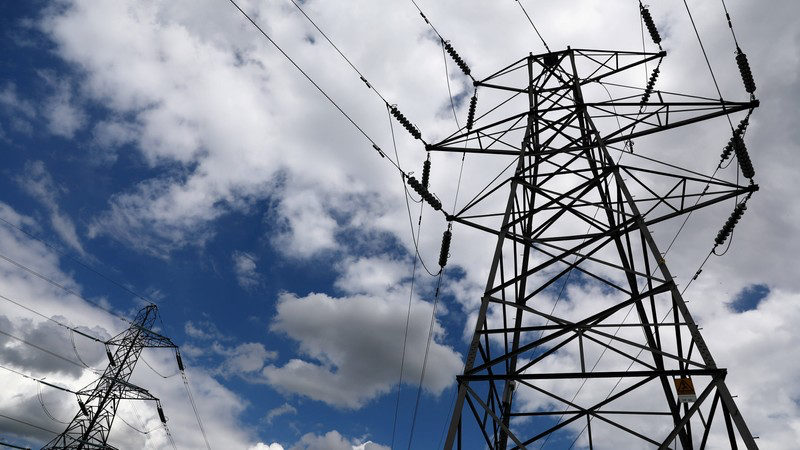The South African Independent Power Producer Association (SAIPPA) has voiced strong opposition to the draft Integrated Resource Plan 2023 (IRP 2023), arguing that it is seriously flawed and inadequate to meet South Africa’s energy challenges.
SAIPPA contends that the IRP 2023 does not constitute a firm plan to address the urgent energy security shortages and lacks the sense of urgency required to get the country out of a protracted energy crisis. This crisis is causing devastating economic harm.
The IRP 2023 includes two-time horizons and, according to SAIPPA, “plans to fail” in the first horizon to 2030 by planning for a deficit. This deficit is represented by ongoing load shedding until at least 2027. Instead of modelling options to address the shortage through the addition of new capacity, the plan seems to accept the deficit as inevitable.
SAIPPA also raises serious issues with Horizon 2 of the plan, which it believes has been artificially shaped by a set of undisclosed new-build constraints. These constraints appear to have been applied to derive a particular outcome, instead of modelling for least-cost generation.
In both horizons, it appears that new-build constraints were applied. The outcomes across all scenarios show clearly that solar photovoltaic (PV) could not exceed 900 MW per annum up to 2050. Additionally, wind capacity looks to be constrained between 2031 and 2040.
SAIPPA argues that these constraints make no sense from both a modelling and practical perspective. It also questions all the technology cost assumptions used by the Department of Mineral Resources and Energy.
Despite these challenges, there is hope. The energy landscape is rapidly evolving, and with the right policies and strategies, South Africa can overcome its energy crisis. The key is to embrace innovation, invest in renewable energy, and create a robust and resilient energy infrastructure that can meet the country’s needs now and in the future.
Source: Engineering News



